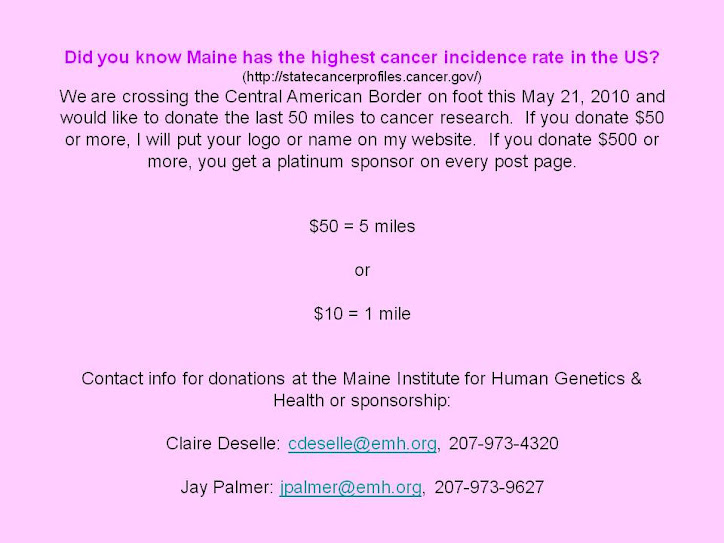
When hiking from Xcaret to Tulum, we came upon an inlet; it was too deep and the current was too strong to swim with our backpacks. Our backpacks had our money, plane tickets, passport, camera and food.  The inlet was also too swampy and there were too many mangroves to walk around the edge. And we have already been hiking for hours with no one around, so we could not turn around or get help. So what could we do? Well, my dad said that we will have to build a raft! My adrenaline just shot up higher, and I felt like Tom Sawyer.
The inlet was also too swampy and there were too many mangroves to walk around the edge. And we have already been hiking for hours with no one around, so we could not turn around or get help. So what could we do? Well, my dad said that we will have to build a raft! My adrenaline just shot up higher, and I felt like Tom Sawyer.
Dad found an old pallet and a large drift log. He put the drift log between the boards of the pallet and I suggested using palm fronds on top of the raft to help keep the backpacks out of the water. I put each valuable item securely in a ziplock bag and used our 2 trash bags that we brought along to cover our backpacks. Dad tested it first with his backpack; then came back and we floated mine across while we swam. It worked perfectly!



.jpg)




























